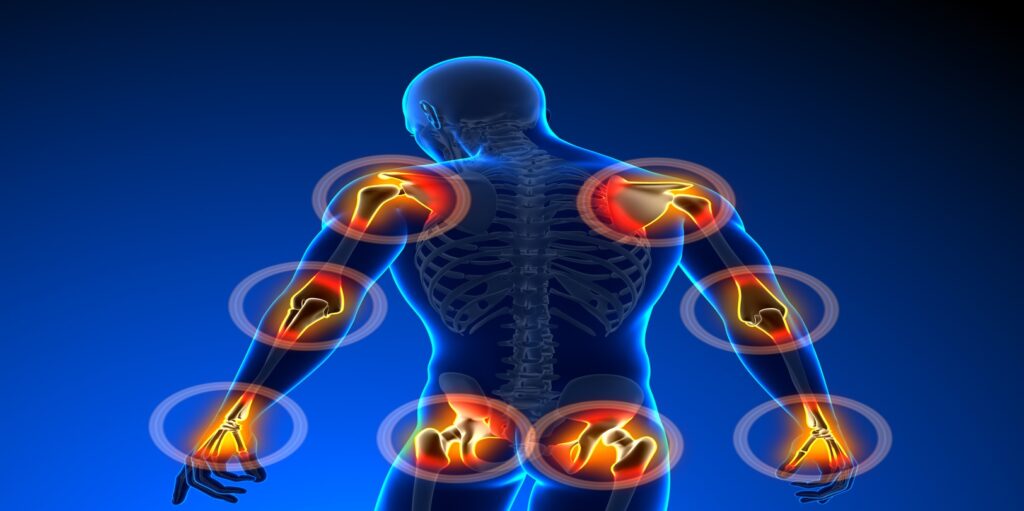
Introduction
In today’s digital era, where prolonged screen time and extended sitting are commonplace, issues related to poor posture, especially slouching, have become increasingly prevalent. Slouching, characterized by a rounded and hunched upper back, not only affects one’s appearance but also gives rise to various musculoskeletal problems. This article explores the consequences of slouching and highlights how physiotherapy provides an effective solution to address these issues comprehensively.
The Consequences of Slouching
Slouching, also known as kyphosis, can have detrimental effects on both physical and mental well-being. Prolonged slouched posture can lead to muscle imbalances, restricted mobility, and increased pressure on spinal discs, potentially resulting in chronic pain, spinal misalignment, and reduced lung capacity. Beyond the physical impact, poor posture can contribute to low self-esteem, reduced confidence, and a negative impact on body image.
Some approaches
Physiotherapy: A Holistic Approach: Physiotherapy plays a pivotal role in treating and preventing slouching-related issues. A skilled physiotherapist assesses an individual’s posture, muscle imbalances, and lifestyle factors to design a personalized treatment plan. The goal is not just to address the symptoms but to identify the root causes of poor posture and provide holistic solutions.
Postural Exercise: Physiotherapy incorporates specific exercises to strengthen muscles that support proper posture. These exercises target the muscles of the back, shoulders, neck, and core to help improve alignment and stability. Strengthening these muscles aids the body in maintaining an upright position and counteracts the effects of slouching.
Stretching and Mobility: Slouching can lead to tightened muscles and reduced range of motion. Physiotherapists include stretching and mobility exercises to alleviate muscle tension, increase flexibility, and restore proper joint function. These exercises are crucial for restoring the body’s natural alignment and preventing further issues.
Manual Therapy: Physiotherapists may use manual techniques like joint mobilization, soft tissue manipulation, and myofascial release to address musculoskeletal imbalances. These techniques can help reduce pain, improve joint mobility, and enhance overall posture.
Ergonomic Education: Educating individuals about proper ergonomics at home and in the workplace is a crucial component of physiotherapy treatment. Simple adjustments to workstations, seating arrangements, and daily activities can significantly reduce slouching and promote better posture.
Mind-Body Connection: Physiotherapy emphasizes the mind-body connection. Techniques such as mindfulness, breathing exercises, and relaxation strategies help individuals become more aware of their posture and make conscious efforts to improve it.
Prevention and Long-Term Management: Physiotherapy not only treats existing posture-related problems but also focuses on prevention and long-term management. By addressing the underlying factors contributing to poor posture, individuals can adopt healthier habits and maintain improved alignment over time.
Conclusion
In a world where slouching has become a common issue due to modern lifestyles, physiotherapy emerges as a powerful tool for addressing and preventing posture-related problems. By incorporating a combination of postural exercises, stretching, manual therapy, ergonomic education, and mind-body techniques, physiotherapy offers a comprehensive approach to tackling slouching and its associated complications. Embracing physiotherapy can lead to improved physical health, enhanced self-confidence, and an overall better quality of life.
“At Arunalaya Healthcare, we pride ourselves on being the best physiotherapy center in Delhi. Our dedicated team of experts offers top-notch physiotherapy treatment tailored to your needs. Experience the difference with the leading physiotherapy clinic in Delhi area. Our commitment to excellence ensures that you receive the best physiotherapy care possible. Trust Arunalaya Healthcare for the best physiotherapy treatment in Delhi. Our advanced physiotherapy solutions set us apart as the premier choice for your rehabilitation needs. When it comes to physiotherapy, our center stands out as the best in Delhi. Choose Arunalaya Healthcare for comprehensive physiotherapy solutions that deliver results. Visit Arunalaya Healthcare today and discover why we are the best physiotherapy center in Delhi.”
